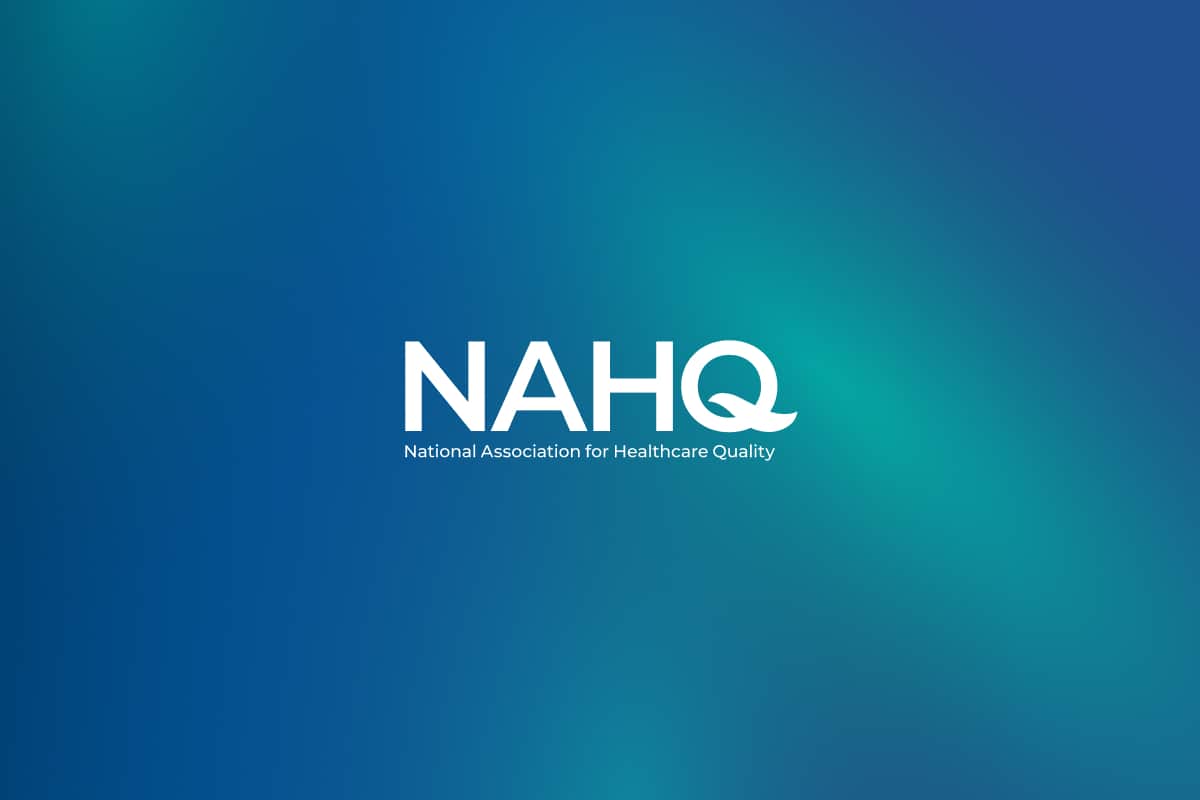Experience has taught me that addressing challenges head-on makes us better. This is the perspective I take in my work and it has served me well as a healthcare quality professional. It is also why I believe that we can and will achieve health equity.
Marilyn Swindle, DNP, MBA, RN, CPHQ, shares this belief. Marilyn currently serves as the associate vice president, quality and patient safety for Memorial Hermann Health System in Houston, Texas. Marilyn started her career as a critical care nurse in a Neuro ICU. Motivated to do all she could for her patients, their families, and her colleagues, she volunteered to participate in quality projects and committees. This experience eventually led her to serve in more formal quality roles, become involved with NAHQ, and earn her CPHQ. I reconnected with Marilyn this month to discuss the critical role healthcare quality professionals play in advancing health equity.
According to the Centers for Disease Control and Prevention (CDC), “Health equity is achieved when every person has the opportunity to attain [their] full health potential and no one is disadvantaged from achieving this potential because of social position or other socially determined circumstances.” Healthcare quality professionals contribute to health equity in a variety of ways including promoting standardization. Marilyn makes the connection in this way: “The goal of standardization is quality healthcare for all. I am a huge fan of structure, process, and outcome. If we truly adhere to our standards every time for every patient during every encounter, we achieve better outcomes. And when we do not achieve positive outcomes, we have the obligation to analyze why and the means to improve.”
So why hasn’t health equity been easier to achieve? What keeps us from delivering the right care to every patient every time? In a report released in April of this year, the CDC finds that, “Black women are three times more likely to die from a pregnancy-related cause than white women.” While variation in quality healthcare is one contributing factor, the report points to underlying chronic conditions, structural racism, and implicit bias as additional factors contributing to the disparity in outcomes between black and white women.[1]
Underlying chronic conditions can present nuance when determining care protocols. Structural racism often has to do with a lack of education or access to care, but it cannot be separated from implicit bias. Overcoming bias is the most difficult challenge we face in achieving health equity. As Marilyn points out, “Overcoming bias starts with awareness. We must be attentive to cultural and historical subtleties. Unless we are aware and listening, unless we acknowledge there is inequity in care, we simply will not be able to address it.”
Still, Marilyn believes that the tools healthcare quality professionals have at their disposal can be applied to support health equity. “As healthcare quality professionals, we are not intimidated when asking hard and challenging questions,” she says. “It is not something new – it is the way we do our work. We look at everything. We monitor everything. We explore everything. We facilitate discussions and the development of action plans to improve outcomes. But we must actively use the lens of health equity in the examination process. We can only make changes when we recognize and acknowledge the issues.”
Educating ourselves and our teams about health equity and using the tools at our disposal to improve are important, but so is culture. As a healthcare leader, Marilyn knows the tone must be set at the top. “We need to set the expectation that shying away from tough questions is neither productive nor acceptable,” she states. “Health equity must be infused into the very culture of healthcare.”
When I asked Marilyn what role organizations like NAHQ can and should play in advancing health equity she was quick to respond: “NAHQ is in the unique position to look at every tool, survey, and assessment from the perspective of advancing health equity. We can assess the diversity of the healthcare quality workforce and promote the representation that builds compassion. We can help keep health equity top of mind for our CPHQs. And we can help our members assess their own organizations. After all, NAHQ has a tool for everything!”
Emmett T. Ervin, MPA, CPHQ
NAHQ President
References:
[1] Working Together to Reduce Black Maternal Mortality | Health Equity Features | CDC
If you would like to learn more about achieving health equity, please check out these NAHQ Next 2022 sessions
Related Content
The Checklist to Accelerate Out of the COVID-19 Pandemic Slump
As the COVID-19 pandemic evolves into an endemic, ...
Read MoreHealth Equity Accreditation
Join Kimberly Polk and Kimberley Morgan from Point...
Read MoreFrictionless Access Leads to Reduced Disparities in Care: A Case Study of a Regional Drive-Through COVID-19 Testing Center
Authors Ethan Feldmiller, MHA - Administrative Fe...
Read More
